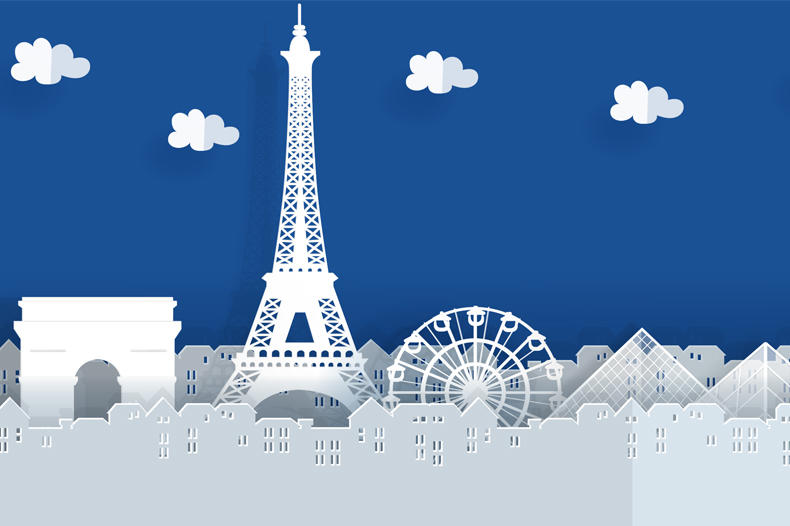Adieu to france.com
State symbols were held to be too similar, says Jack Weaver. T-71/17, France.com, Inc. v EUIPO and French Republic, General Court, 26th June 2018.

T-71/17, France.com, Inc. v EUIPO and French Republic, General Court, 26th June 2018
Key point
- Business owners should obtain trade mark protection as early as possible, especially when a geographical name is included in the mark
On 9th August 2014, France.com, Inc. filed an EU trade mark application for a mark covering classes 35, 39 and 41. The French Republic opposed the application on the basis of its prior international registration (which designated the EU), covering classes 9, 35 and 41. The opposition was based on a likelihood of confusion per Article 8(1)(b) of Regulation No 207/2009 (now Article 8(1)(b) of Regulation No 2017/1001).
The opposition was rejected by the Opposition Division. However, this decision was annulled on appeal by the French Republic, it having been held that there was an average degree of visual similarity and that the marks were phonetically and conceptually identical. France.com, Inc. appealed against the annulment.
GC decision
The General Court’s (GC’s) ruling focused on re-evaluating the likelihood of confusion per Article 8 (1)(b) of Regulation No 207/2009.
On the issue of visual similarity, the GC reiterated that, even though the signs contain similar word elements, this did not mean they were visually similar. It disagreed with the Board of Appeal’s (BoA’s) finding that the signs were visually similar, stating that: the Eiffel Tower was represented in different ways; the word element was depicted in different ways (different fonts and cases were used, and the Applicant’s sign included .com); and finally, though the same colours were used, the Applicant’s sign was predominantly blue, whereas the earlier mark was predominantly black. Overall, the signs were held to have a low degree of visual similarity.
The GC held that any figurative elements should not be taken into account for the purposes of phonetic similarity. It agreed with the BoA that the signs were almost identical, as many consumers will refer to the Applicant’s mark as “France” and perceive “.com” as referring to a website.
The GC also agreed with the BoA that the signs were conceptually similar, because both contain almost exclusively elements that refer to the same concept – the state of France – including the Eiffel Tower and tricolour flag. The pentagon on the Applicant’s mark also brings to mind the shape of France.
Likelihood of confusion
The ruling confirmed there is a likelihood of confusion due to a high degree of phonetic and conceptual similarity. The Applicant submitted that, in the 21 years it had operated france.com, there were no instances of confusion, and the French Republic had supported its services for many years. However, the GC noted that “the repute of a trade mark is relevant, in assessing the likelihood of confusion, only as regards the repute of the earlier mark”.
Early warning
This decision is again a warning that trade mark registration should be sought as early as possible. Even though the French Republic promoted the Applicant’s domain for more than two decades, it eventually seized control of the domain and put a redirect in place to the state-run tourism agency, triggering this long-running trade mark dispute.
Jack Weaver is IP and Brand Protection Manager at Cath Kidston Limited

